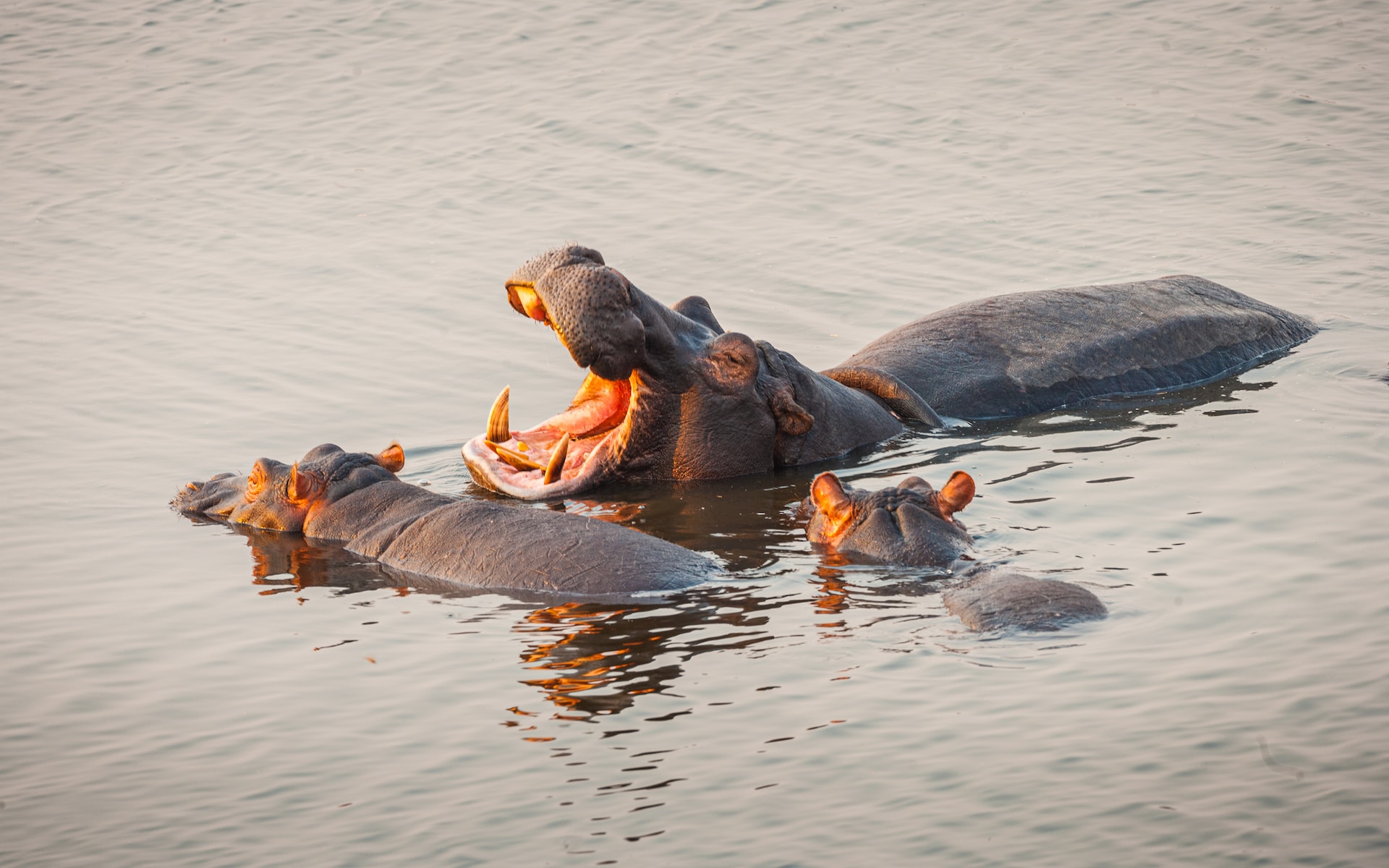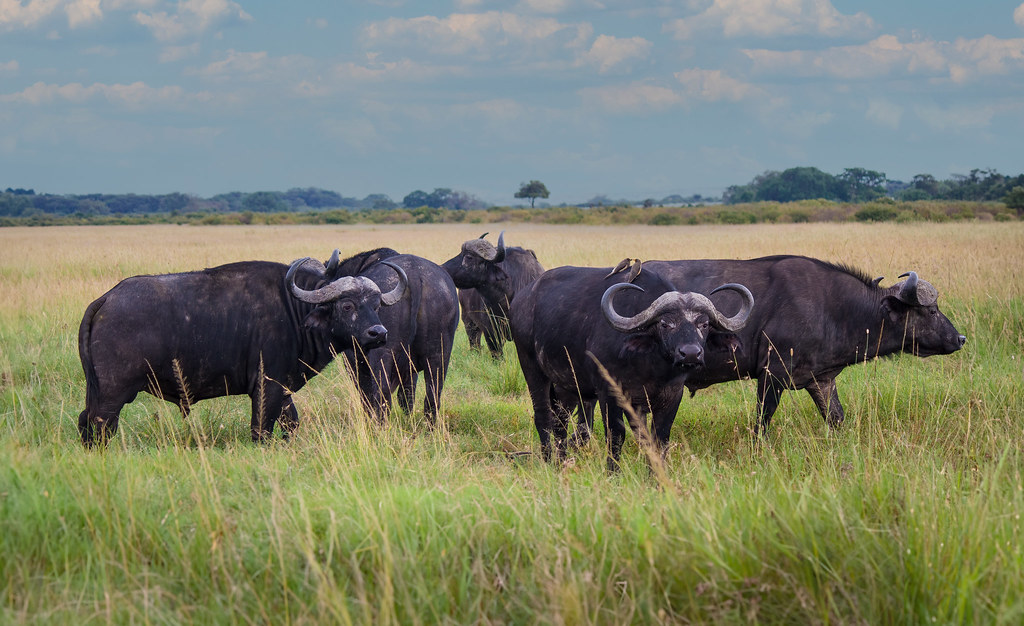Liberia, nestled on West Africa’s coast and bordered by Guinea, Sierra Leone, and Ivory Coast, stands out as an uncolonized nation, unique alongside Ethiopia. English serves as the official language, reflecting Liberia’s cultural diversity in architecture and cuisine, particularly in Monrovia, the captivating capital. For those seeking a West African adventure, Liberia provides access to inland regions and the Atlantic Ocean, all while being home to a variety of wildlife, including some dangerous animals.
Table of Contents
Why visit Liberia?
Liberia offers a versatile experience, providing numerous reasons to explore and enjoy the unique creatures and animals endemic to this region. The rainfall in Liberia is notably high, making it one of the most precipitation-rich areas in the region.
Further read: Dangerous animals in Chad
The eastern mountains house rivers that flow into the Atlantic, with the Cavalla River being the longest, covering approximately 510 kilometers. The country’s climate falls under the equatorial category, resulting in substantial rainfall from May to October and intermittent rains from October to February.
Read more: Dangerous animals in Mali
This climate fosters a diverse range of fauna and flora, making Liberia a captivating destination. As you embark on your journey, be aware of some dangerous animals that you may encounter during your trip to Liberia.
Pygmy Hippopotamus

The pygmy hippos in Liberia are a unique and endangered species, with their population around 3000. Hunting for food has posed a significant threat to these creatures, leading to their aggressive behavior. Recent measures by the government have contributed to a rise in their numbers, but caution is essential. With two large canines, pygmy hippos can be dangerous, and maintaining a safe distance is crucial to prevent any potential attacks.
Sea Urchins

Found in tropical areas, sea urchins are among the dangerous animals of Liberia. The region’s diversity, marked by intact forests, makes it a hotspot for various unique species, including the elusive Liberian Mongoose. Sea urchins, typically located in the sea bed, possess spines delivering a venom that can affect the central nervous and cardiac systems. If stung, immediate clinic visitation is critical to counteract the venom’s impact.
West African Manatee

The large cylindrical-shaped West African Manatee, found in Liberia, lacks free limbs and relies on rounded, flat body rows for motion and feeding. Their grey coloration varies based on the explored area. These creatures, prevalent in coastal regions from Mauritania to southern Africa, can be aggressive, emphasizing the need for caution during exploration due to their potential to attack unexpectedly.
Liberian Mongoose

Inhabiting low-lying areas and stream banks in Liberia’s overgrown forests, the Liberian Mongoose poses a threat due to its aggressive nature. With long claws, small teeth, and a snout suited for insectivorous feeding, these creatures, hunted for food, can attack unpredictably.
African Elephants

Encounters with African elephants during a trip to Liberia present inherent dangers. With some reaching heights of 3.2 meters and weights exceeding 10,000 pounds, these elephants thrive in various habitats. Their extensive annual paths of up to 300 miles can lead to unexpected encounters. Led by an aggressive matriarch, African elephants are known for their swimming ability and can run up to 40 kilometers per hour. Caution is paramount, as these disturbing animals may attack at any moment. Exploring Liberia’s diverse wildlife requires vigilance and adherence to safety measures.
African Golden Cat
Encountering the African golden cat during your trip to Liberia poses a potential danger. Found in the large forested parts of the country, these creatures are robustly built, weighing approximately 35 pounds, and are known for their sharp teeth and claws used for hunting.
Further reading: Dangerous animals in Africa
Their coloration varies based on the region, ranging from sepia grey to orange-red. While human attacks are rare due to their elusive nature, provoking them can lead to aggressive behavior and potential attacks.
Jentink’s Duiker

Inhabiting Liberia’s forests, Jentink’s Duiker is a swift antelope weighing up to 200 pounds. These creatures, equipped with sharp horns, are known for their aggression, particularly during the mating season or when protecting their habitat. Caution is necessary, and maintaining a safe distance is crucial to avoid potential attacks.
Hippopotamus

Liberia’s tropical climate and major rivers provide an ideal environment for hippos, making them a notable danger during your trip. Weighing up to 3000 pounds, hippos are territorial and known to be aggressive, especially if their habitat is perceived to be interfered with. Caution is essential, as their sharp canines can be used for attacks. Liberia’s hunting practices have contributed to the dangerous nature of these creatures.
Crocodiles

Liberia, with its numerous rivers and Atlantic Ocean border, is home to the West African crocodile. These ferocious creatures are known for their ambush techniques, hiding underwater while monitoring their prey. Crocodiles are indiscriminate hunters and may attack any animal, including humans, if they come within reach. The risk of attacks increases during the warmer season when crocodiles have more energy.
West African Lion

Adapted to Liberia’s climate, the West African lion, although lighter and less furry, is territorial and poses a potential threat during your trip. Similar to counterparts in south and eastern Africa, these lions can attack if they perceive interference with their habitat. Vigilance is crucial, as these territorial animals can be dangerous.
Buffalo

In Liberia’s dense forests, buffaloes are classified among the most dangerous animals due to their aggressive nature. Territorial and equipped with sharp horns, buffaloes may attack anything that crosses their path. Caution is paramount, and maintaining a safe distance is necessary during your exploration of the region.
Great White Shark

For those venturing into the waters of Liberia, particularly along its Atlantic Ocean border, the great white shark presents a significant danger. These sharks, capable of swimming at 40 kilometers per hour, are known for fatal attacks. It is essential to exercise extreme caution and keep a safe distance from these formidable creatures.


